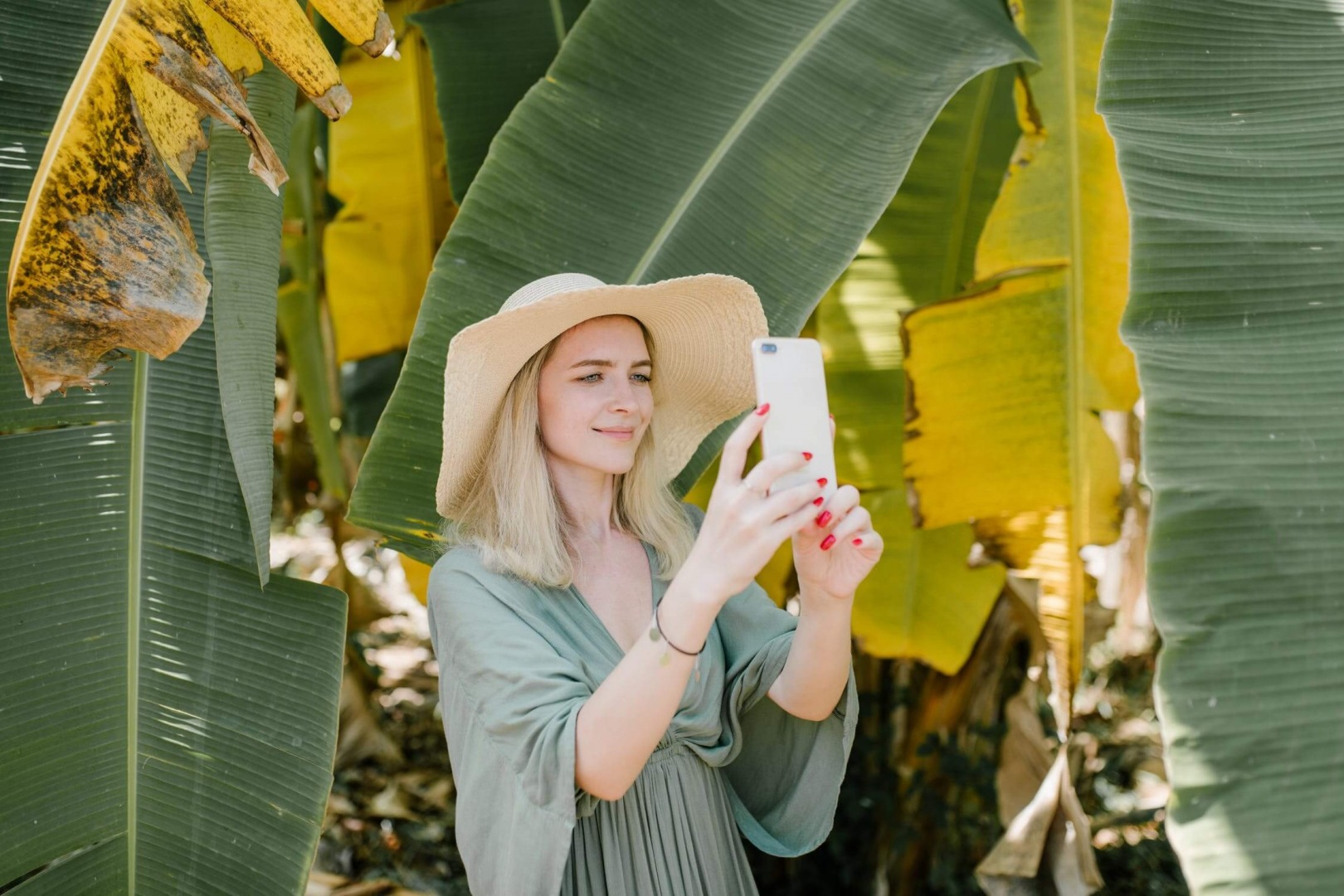Comments
- No comments found

The long-term memory is the marketer’s bullseye. Bow in hand, advertising arrows at the ready, the long-term memory directly ahead.
Aim well and every time someone spills red wine, they’ll think of your amazing stain-vanishing product. Aim badly and they won’t even recall seeing the advert.
Truth is, most marketing executives are not great archers and brand messages often fail to get past the short-term memory. Neuroexperience professionals, on the other hand, are deadly marksmen – hitting the long-term memory every time. How do we ensure unforgettable experiences are, well, unforgettable? Because we know how memories are formed.
We have three different memory types: sensory, short-term and long-term memory. Sensory memories are short-lived. As you walk idly past an ice cream stand, you may see the rows of colourful gelato, hear and feel the whirr of the refrigerators and smell the intoxicating aroma of sweet vanilla. Your senses provide a snapshot of your surroundings. A few seconds later, that snapshot has disappeared.
Short-term memory – trying to remember the stand’s phone number, for instance – will not last for much more than 30 seconds unless it’s repeated over and over again. Working memory, as it’s also known, is like the mind’s notepad as we use it when completing conscious tasks. Fixing a bike. Solving a maths equation. We haul out some knowledge from the long-term vault and jot it down whilst we work on a task.
But, long-term memory – remembering that awesome alcoholic ice cream event that Rebel & Soul organised – can be drawn upon whenever, with memories easier to find each time you use them. That’s why long-term memories are so revered by marketers, but how are they actually formed?
To form a memory, something first needs to happen that grabs your attention. Perhaps something unexpected, vivid or absurd, like a dog performing cartwheels. This visual stimulus goes directly to our Hippocampus – a generator of new neurons – that decides that the dog is ‘important’ information worth remembering. It links all the relevant details together (Shih Tzu, red collar, anti-clockwise) and encodes it into a new memory by creating new synapses like a mesh of interwoven info, which is then stored in groups in the brain. Foreign languages, for example, are kept in one area. Dance routines are grouped in another. This one will probably head toward the latter, but there’s no guarantee.
When we want to explain the cartwheeling dog story by the work water cooler, our frontal cortex will send signals to reconstruct all that info. Each time the memory is used, it is reconstructed and put back in a slightly different way, which can lead to some of the less-important information being forgotten over time. A year later, for example, you might remember the cartwheeling Shih Tzu, but forget the colour of its collar. However, telling the story often will increase the accuracy of delivery as the more you recall a memory, the stronger it becomes.
Making memories is what neuroexperiences are all about. The whole idea about experiential events is that they’re ‘memorable’ – they have the power to evoke positive emotions and feelings, which are then glued into your long-term memory next to a big sign with your brand’s name on. When this power links up with neuroscience insights – telling us what people like and want to hear – we’re able to create everlasting, positive memories that consumers will long associate with your brand. Now, that’s hitting the bullseye.
Kristy Castleton is the Co-Founder and Managing Director of Calyx Technology, a global technology company who streamline consumer experiences. She is also the Founder and CEO of Rebel & Soul, a socially conscious business that produces highly memorable events for global brands across Asia Pacific. She is an extrovert and a geek, passionate about neuroscience and technology. He company Rebel & Soul works with brands like Heineken, HSBC, Chanel and MINI and agencies such as Dentsu and Saatchi & Saatchi to create events that pack a punch. Think wearables, gamification, holograms and virtual reality mixed with awesome music and a free flow bar. Rebel & Soul’s vision is to drive event technology to be the new frontier of marketing in Asia. Kristy spent years working on weird and wonderful events and campaigns in Europe at festivals like F1’s and the Olympics and wanted to bring a snippet of the event marketing fun out east. Kristy was nominated by Campaign Asia to be on their Women to Watch list. Team Rebel also provides pro bono event consultancy for local charities and non-profits. These initiatives include Billion Bricks, Thomson Reuters Trust Forum, Buy1Give1, and the 100 Resilient Cities initiative by the Rockefeller Foundation. Rebel & Soul won Excellence in Technology& Innovation award, Start-Up Excellence and Customer Engagement by the BritCham for its 18th Annual Business Awards. Kristy holds a Bachelor in Business Studies from Edinburgh University.
Leave your comments
Post comment as a guest